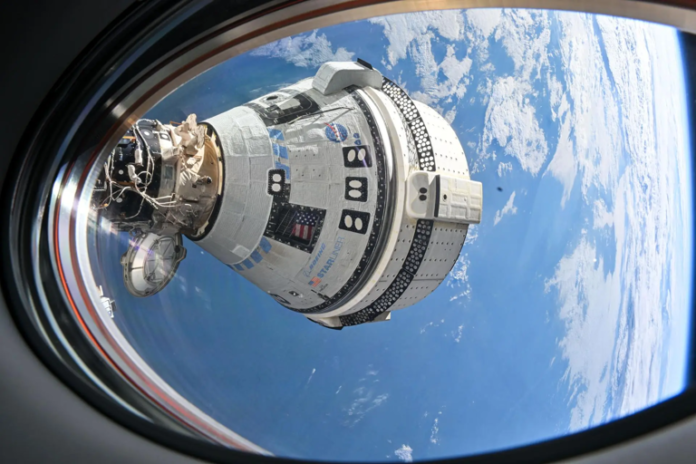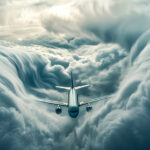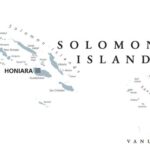NASA confirmed today that Boeing’s Starliner is not considered safe within the margin of acceptability to take its two astronauts back to Earth. Instead, they will wait on board the International Space Station (ISS) to hitchhike home on a SpaceX Crew Dragon in February 2025. Starliner will return to Earth with no crew aboard sometime in September. The ISS parking lot is full so the spacecraft needs to free up the docking port it uses to meet future scheduled crew and supply deliveries.
How Boeing recovers from this snafu along with the many others related to its commercial passenger jets and the enormous cost overruns for the Space Launch System (SLS) is beyond my understanding. This company should lose the right to bid on government projects, and the public should let Boeing know through shareholders and flying decisions what they think of it.
NASA is covering over the cracks with its administrator describing the crew Starliner flight as a test and therefore “by nature” not “safe nor routine.” But this wasn’t Starliner’s first test flight. Two uncrewed flights preceded this one. Were there issues on those flights? Yes.
What kind of jalopy has Boeing built? It is one that in its first test flight never made it to the ISS because of software issues. The second uncrewed flight did make it, but it was a long time before a crewed mission was launched, suggesting problems occurred on that second flight as well.
This time it began with helium leaks and then reaction control thrusters. The astronauts had to work through these issues just to make it to the ISS intact. Since then NASA and Boeing engineers have been testing the equipment while attached to the ISS. They cannot explain why ground tests of the same equipment have not duplicated what is happening on the Starliner attached to the space station.
The uncertainty and lack of concurrence in meeting the safety thresholds set by NASA is now the reason for the change in plans for the two astronauts who flew Starliner. The NASA people still call it a spacecraft and talk about the incredible amount of data they have gathered about it to improve the Starliner for future flights. Future flights? Are they nuts?
Boeing has delivered an overpriced, underperforming, years-late jalopy. Meanwhile, SpaceX Crew Dragon remains the sole reliable taxi service available to take crews to the ISS. SpaceX is even flying private missions with Dragon, and a version of the spacecraft will be used in a future mission to deorbit the space station sometime after 2030.
Steve Stich, Manager of NASA’s Commercial Crew Program, in the press release issued today, states “Starliner is a very capable spacecraft and, ultimately, this comes down to needing a higher level of certainty to perform a crewed return.” How does he come to that capable spacecraft conclusion knowing what has occurred? Stich states that the data collected by NASA and Boeing will be critical to “Starliner’s performance in space…and will greatly benefit future corrective actions for the spacecraft.” I would suggest the corrective action should be to mothball this Boeing flop and move on to find a more reliable commercial crew partner.
Maybe a crewed version of the Dream Chaser cargo spacecraft from Sierra Space can be revived to become the second commercial taxi service to the ISS. The current Dream Chaser is a cargo spaceplane that looks like a miniature version of the Space Shuttle. At one time it was envisioned to be available to fly crews to space but Boeing ended up being the vendor that NASA chose along with SpaceX when handing out billions of dollars.
Is it no wonder that NASA continues to book seats on Soyuz flights to the space station? The Russian Roscosmos technology may date back to the 1960s but at least we know it works.








